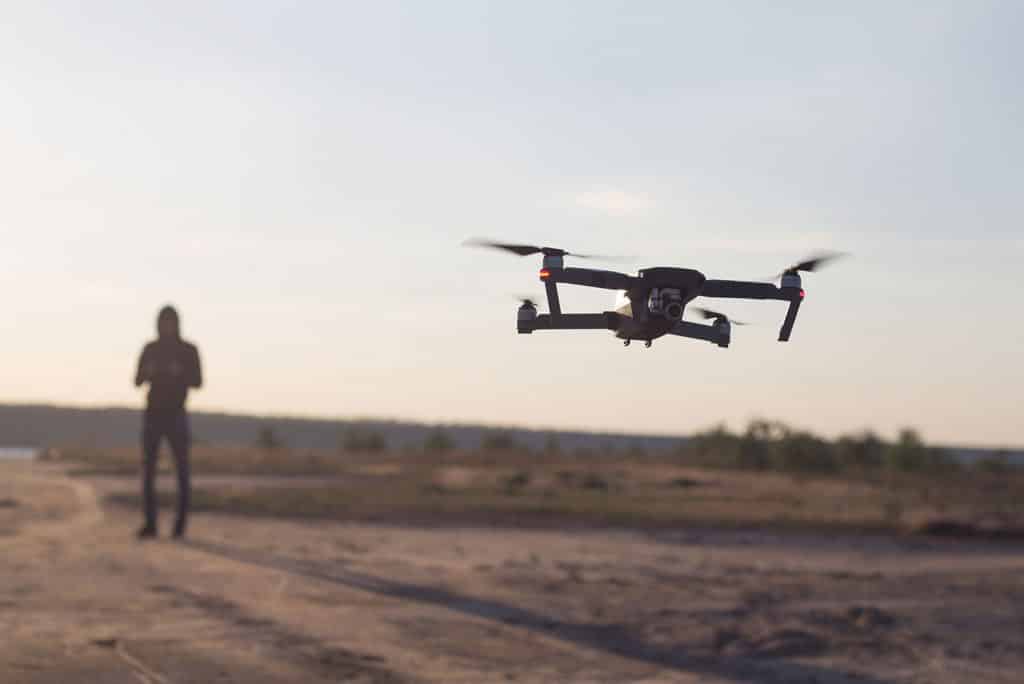
From 1st October 2019, a rejection/assessment fee will be introduced for applications which do not meet the UK CAA’s required standard. With various changes being made recently, below we have clarified the exact information required within your application, and reasons why your application may be rejected.
How Do I Apply For Unmanned Aircraft Operational Authorisations?
The process to follow when applying to the CAA for an operational authorisation (a permission or an exemption) depends on the complexity of the authorisation that you are seeking.
Standard Permissions
Applications for relatively ‘simple’ operational authorisations, which are commonly referred to as a ‘Standard Permission’, are addressed via an online application process. A ‘Standard Permission’ enables a person to conduct commercial operations with a small unmanned aircraft (drone) and also permits operations within a congested area. Applicants will be required to provide all documents and payment online before applying.
Non-Standard Permissions
Applications for more complex operational authorisations, commonly referred to as ‘Non-Standard Permissions’, or those that require a specific exemption from the Air Navigation Order are addressed via a more traditional ‘paper based’ application form, the SRG 1320. These cover all other types of flight and address operations that contain a greater element of operating risk. Applicants are required to provide an Operating Safety Case (OSC) to the CAA as part of their application. Examples of such operations include:
- Extended visual line of sight (EVLOS)
- Beyond visual line of sight (BVLOS)
- Flight within 150 metres of organised open-air assemblies, within 50 metres of uninvolved persons/properties
Rejection Fees
The application process contains rejection rules for incorrect application submissions. Should an application be rejected the applicant will be notified and will be required to make a fresh application submission. A rejection/assessment fee of £124.00 for applications which do not meet a certain level of standard may be charged.
How To Avoid Being Charged
Below we have provided examples of when an application may be rejected:
Reasons Why Your Application May Be Rejected
Legal Entity Name
- The registered charity, Limited Company or LLP name and Companies/Charities House registration number do not match the information stated on the Companies/Charities House registry.
Operations Manual
- The Operations Manual supplied with the application has an incorrect Issue number which needs to be corrected.
- The Operations Manual supplied with the application is not current against the latest Air Navigation Order.
- The Operations Manual is not current in terms of MOR (Mandatory Occurrence Reports) requirements.
- The Documents Reference Table in the Operations Manual supplied with the application, does not state the current revisions for all of the documents.
- The Operations Manual supplied with the application has been signed but not dated.
- The Operations Manual supplied with the application has not been signed.
- The Operations Manual does not quote all nominated pilots.
- The Operations Manual refers to person in charge.
- The Operations Manual refers to PfAQ or Permission for Aerial Work – an expired term which should be updated to PfCO or Permission for Commercial Operations.
- The Operations Manual does not cover the name stated on the PfCO.
- The Operations Manual states night operations will take place but does not outline any additional procedures.
- The Operations Manual does not include Emergency Procedures.
- The Operations Manual has been amended since its previous submission.
NQE or Equivalent
- No copy of the NQE recommendation/qualification has been supplied.
- It appears that the copy of the NQE recommendation/qualification supplied with the application contains an error.
- The NQE recommendation/qualified supplied does not show the relevant competence required to support the application request.
- The NQE recommendation/qualification document supplied with the application cannot be accepted. The NQE did not hold a valid CAA approval at the time you completed the course, or the document was issued.
Logbook (For Renewal Applications)
- Logbook supplied does not meet the required hours.
- Logbook supplied does not state the Remote pilots name.
Insurance
Although applicants are no longer required to submit proof of their insurance within their application, it is still a legal requirement to obtain insurance as part of the EU Regulation EC785/2004. Operators will be required to provide proof of insurance during an audit.
For further information, please visit the CAA’s website.
